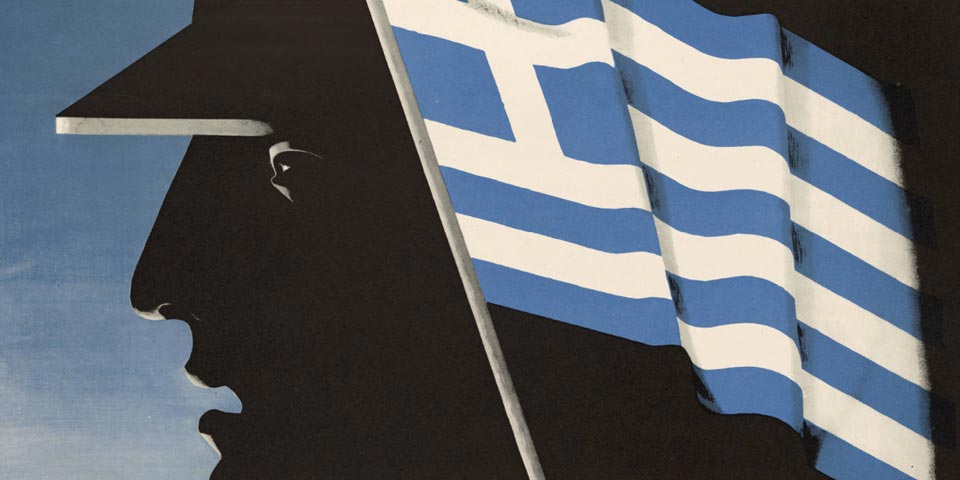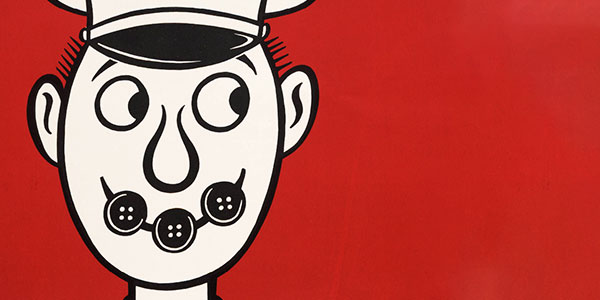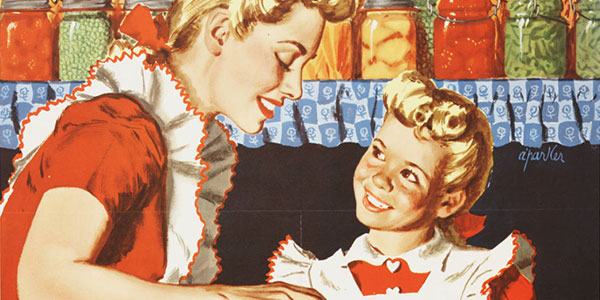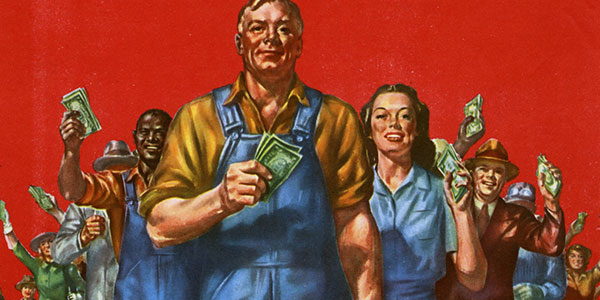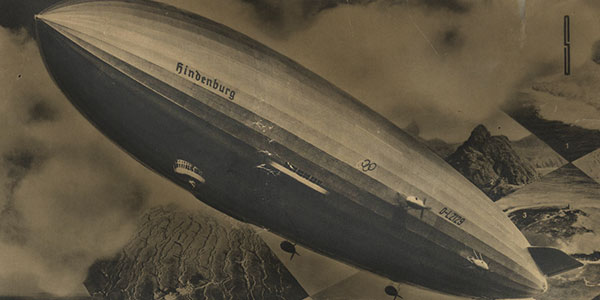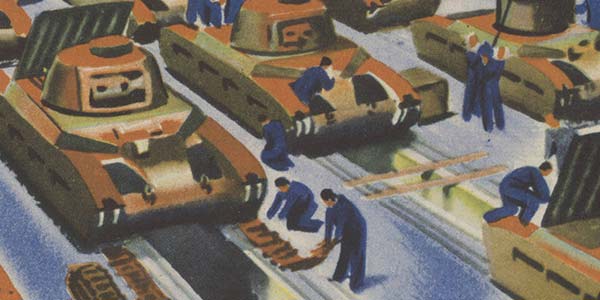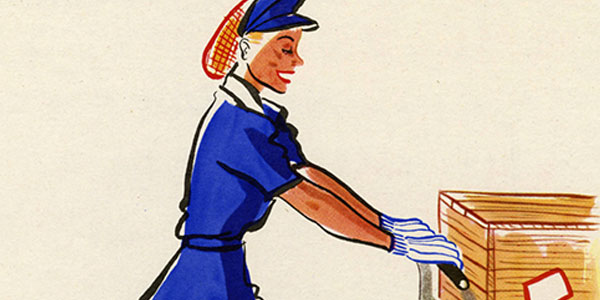The more than 500 United States and international WWII-era posters and related material held in Milner Library's Government Information World War Poster Collection illustrate how government agencies, organizations and companies across the globe used visual media to influence public opinion on the home and war fronts. Designed by important artists of the period, the posters convey a broad range of messages using a variety of artistic styles. These iconic visual artifacts share the common goal of communicating with, and influencing, a mass audience in public spaces.
As a federal depository library, Milner Library received many of the U.S. posters from the federal government’s Government Printing Office. Other items were donated, including the French broadside bulletins by Illinois State (Normal) University alumnus, Ernest R. Pirka (1940–42), who was stationed in France during the war.
Please note the collection includes items for their historical perspective and significance. Milner Library in no way condones the use of language or images that is offensive to persons of any race, religion, disability status, ethnicity, national origin, gender or sexual orientation.
This digital collection was previously titled Propaganda on All Fronts: United States and International World War II-Era Posters.
